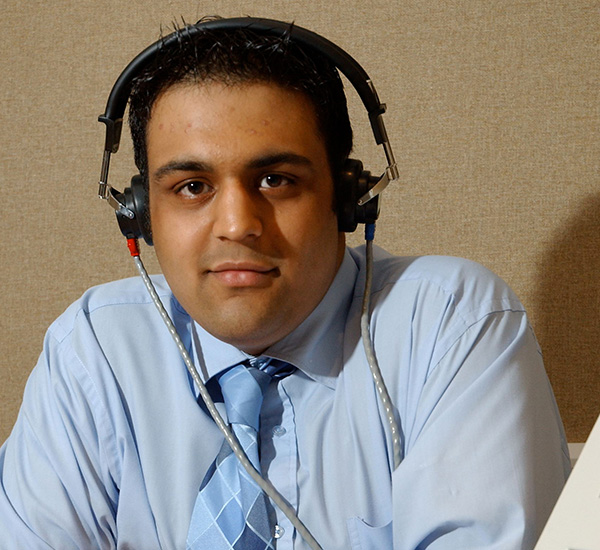What is your typical day?
A typical day as audiologist? Well there isn't one really. Appointments for hearing tests make up a large part of my work, but what makes it so fascinating is the range of patients I meet: from tiny babies to old age pensioners. Another part of the day might involve liaising with our ENT (Ear, Nose and Throat) department, selecting and fitting hearing aids with patients, or maybe strapping someone into our machine to test their balance.
The great thing about audiology is how results can be almost instant. Helping someone to hear better is a wonderful thing. Most exciting are the small things (the rustle of paper, a kettle boiling, birds singing) that people don't realise they have missed until they hear them again all of a sudden.
A few days ago I was asked to help in a department set up for adults with learning difficulties or special needs. We were checking a 52 year old gentleman with Down's Syndrome; he had recently gone blind and now he was having hearing problems.
We established that he had really severe hearing loss. People with Down's Syndrome often have a smaller than usual ear canal that can make them very susceptible to infections. This makes it impossible for us to fit a standard hearing aid. We decided to try a bone conduction hearing aid, which is a device where sound vibrations are sent directly through the mastoid bone, which is right behind the ear.
We tried it: no response. It should have worked. Then we tried the using the same hearing aid but with a pair of stethoclips (a bit like a like a stethoscope) put straight into the patient's ears. We switched it on. The reaction was fantastic! The patient broke out in the biggest smile I have ever seen. He couldn't contain himself, he started to shout and scream for joy. This was the first time he had heard himself or others properly for more than 40 years. Even in a soundproof room everyone outside could hear his happiness!



